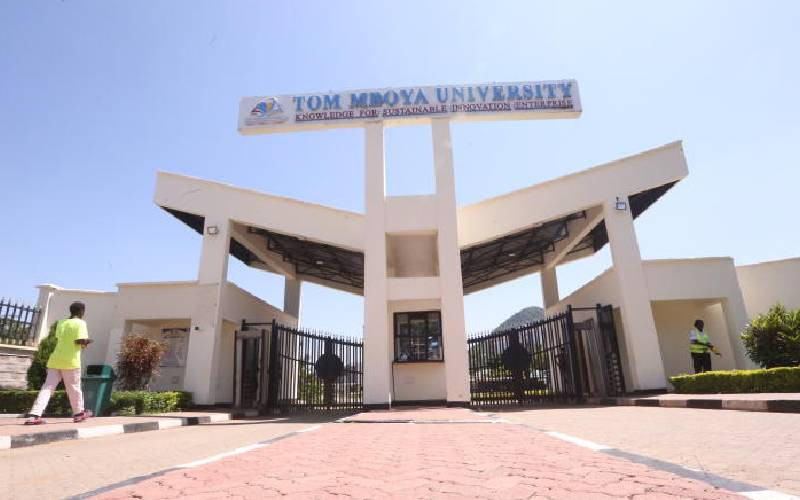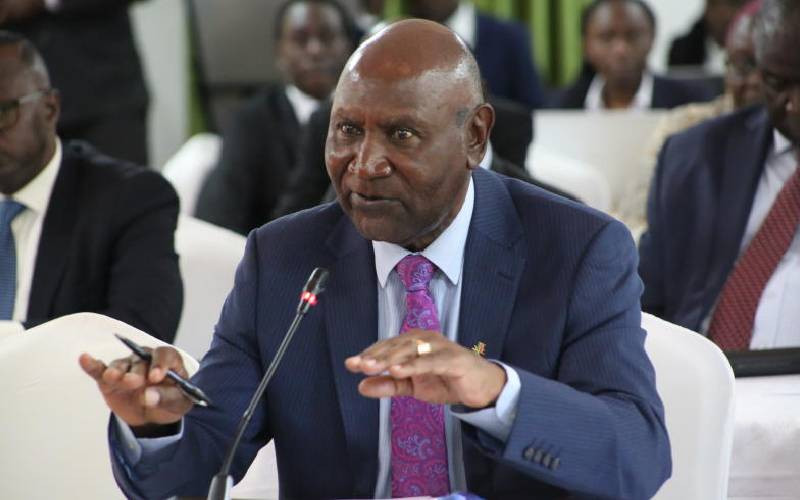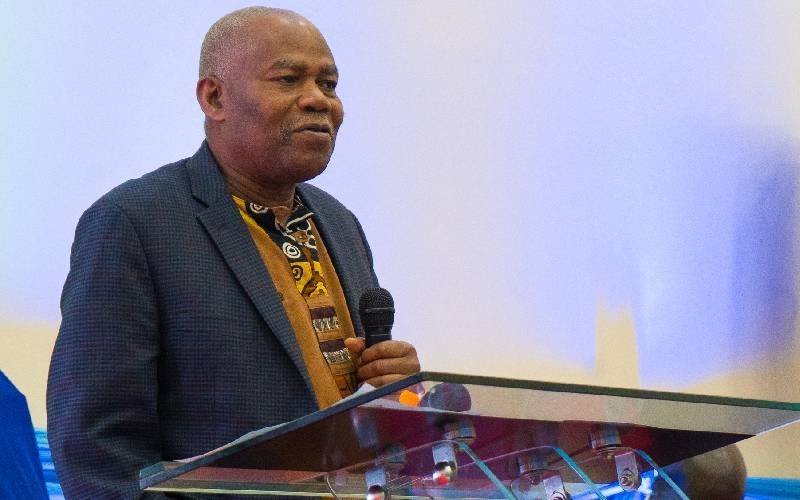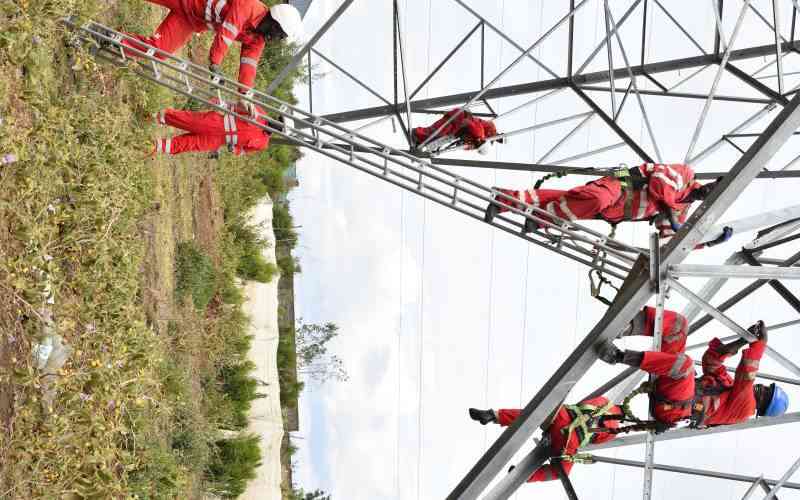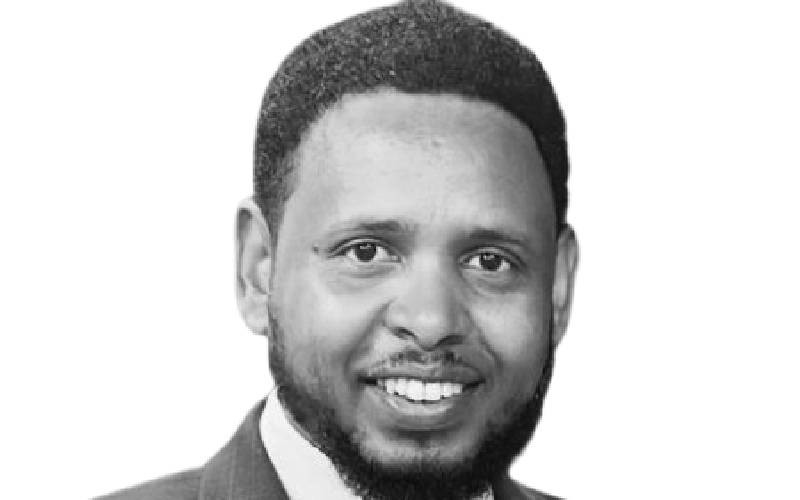
Political decision-making is rarely linear; it is often an entanglement of competing interests, historical wounds, structural limitations, and emergent crises. As the policy scholar Horst Rittel described, many public problems are "wicked" — not because they are unsolvable, but because they have no single, correct solution. In such contexts, good intentions must be married with deep contextual understanding, competence, and a willingness to confront hard truths. Somalia, and particularly Jubaland, sits at such a crossroad.
Over the past two decades, Somalia has made fragile yet undeniable progress from the ruins of state collapse. However, the recovery remains uneven, marred by persistent insecurity and fragmented governance. Jubaland exemplifies these challenges. Despite its strategic location and enormous potential, it has remained a theatre of instability and stagnation. The last fourteen years under Ahmed Madobe's administration have produced neither security nor effective governance. Today, nearly 80% of Jubaland’s rural areas remain under the grip of Al-Shabaab. Security just 15-30 kilometres from Kismayo, the interim regional capital, remains tenuous. Middle Juba — including Buale, the official capital — is completely under extremist control. In Lower Juba, three out of five districts are similarly occupied by extremists, while the Gedo region has never been effectively administered.
Rather than confronting these failures, Madobe’s administration has opted to entrench itself through unilateral and unconstitutional elections in pursuit of a third term. This has been rightly rejected by both the federal government and opposition actors. The result has been mounting tension, sporadic clashes, and the very real risk of broader conflict — a destabilisation Somalia and the wider region cannot afford.
What Jubaland needs now is a new chapter — one that is marked by leadership transition, constitutional legitimacy, and decisive governance anchored in federal-state cooperation. Central to this new direction must be a security doctrine that views defeating Al-Shabaab not simply as a military task, but as a community-driven, locally grounded, and regionally supported process.
Deborah Stone reminds us that “public policy is about communities trying to achieve something as communities.” Jubaland’s reality — a mosaic of tribal, political, and cultural communities — requires a nuanced approach. Integrating these communities under one functional governance framework is essential for any lasting stability. The starting point must be a credible and sustained security campaign. This requires mobilising local communities to foster trust, ownership, and legitimacy in the process of liberation. Jubaland must raise its own credible and professional security forces — ideally between 12,000 and 18,000 — trained with the support of the federal government, regional neighbours, and international allies. Kenya and Ethiopia, which have made significant sacrifices to support Somalia’s stability, will remain indispensable partners in this effort.
The scope of such an operation should cover the corridor between the Kenyan border and the Juba River, stretching to the Ethiopian border and across the coastline to Lamu Island. With appropriate financial, logistical, and military support, this is achievable within 24 months. Upon liberation, governance must be swiftly introduced, not imposed from above, but inclusive of local voices at every level — from village to sub-division to division. This means immediate deployment of local police units, civil administrators, and traditional leaders, all working alongside state institutions.
The relocation of Jubaland’s government institutions to Buale — its constitutional capital — will not only mark a symbolic return to legitimacy but also restore the rule of law in one of the most contested parts of the region. State security, particularly the Jubaland Dervish forces, should secure strategic cities, border points, and areas prone to extremist resurgence. However, security must not stop at containment — it must be proactive and developmental.
David F. Labaree warns that “political equality can be undermined if social inequality grows too great.” This rings particularly true for Jubaland. Security without development will merely postpone conflict. In parallel with stabilisation, Jubaland must focus on building economic infrastructure — roads, bridges, and airports — alongside robust social services and political inclusion. Each component reinforces the others; where roads reach, so can schools, clinics, commerce, and governance.
More importantly, we must reconceptualise Jubaland’s role — not as a borderland of dispute, but as a bridge of opportunity between Kenya, Somalia, and Ethiopia. Kenya’s long-standing support of Somali peacekeeping and its openness to Somali refugees and trade must now evolve into deeper economic integration. Ethiopia, with its vast population and growing industrial base, presents immense trade potential. A stable Jubaland acts as the connective tissue linking Somalia to East Africa’s economic heartbeat.
Jubaland is not — and must not be viewed as — a separatist entity. It is a proud member of Somalia’s federal system, and the federal constitution is clear in assigning both autonomy and limitations to regional states. The future of Somalia lies not in fragmented rivalries but in cooperative federalism, where local autonomy supports national unity. Future leadership in Jubaland should work within this framework, not just to normalise relations with Mogadishu, but to actively strengthen federal cohesion through pragmatic, constitutional governance.
Kenya is the only East African Community (EAC) member that shares a border with Somalia. With Somalia's recent admission into the EAC, Jubaland stands as the natural entry point into the East African market. It is the bridge through which goods, services, and people can move — a corridor of commerce and culture. We must harness this position not merely for trade, but for regional integration. Our shared security interests must be matched by shared economic projects, joint infrastructure, and cross-border development.
The Gulf countries — with whom Somalia shares deep historical ties in trade, religion, and culture — also remain key partners in rebuilding and regional cooperation.
Moreover, the Somali diaspora — among the most entrepreneurial in the world — is an untapped engine of growth. As a Somali-American, I understand both the potential and the expectations of the diaspora. With security and stability, we can attract investment, return skills, and rebuild institutions. The United States, home to the largest Somali community outside Africa, is a natural partner. Our collaboration must go beyond counterterrorism to include education, business, governance, and human development.
The region is at a turning point. If we are to seize this moment, we need leadership that is not only reactive but visionary — leadership that sees Somalia and Jubaland not merely in terms of today's crises, but as tomorrow’s corridor of opportunity. The Horn of Africa needs less blame and more cooperation, less isolation and more interdependence.
Stay informed. Subscribe to our newsletter
Jubaland's future — and indeed the future of regional peace and prosperity — rests on whether we can transform wicked problems into collective solutions. That will take vision. It will take courage. And above all, it will take leadership willing to break from the past and build a shared future.
The writer is a humanitarian, governance and policy expert and former Executive Director of Nurture All Afric Foundation



